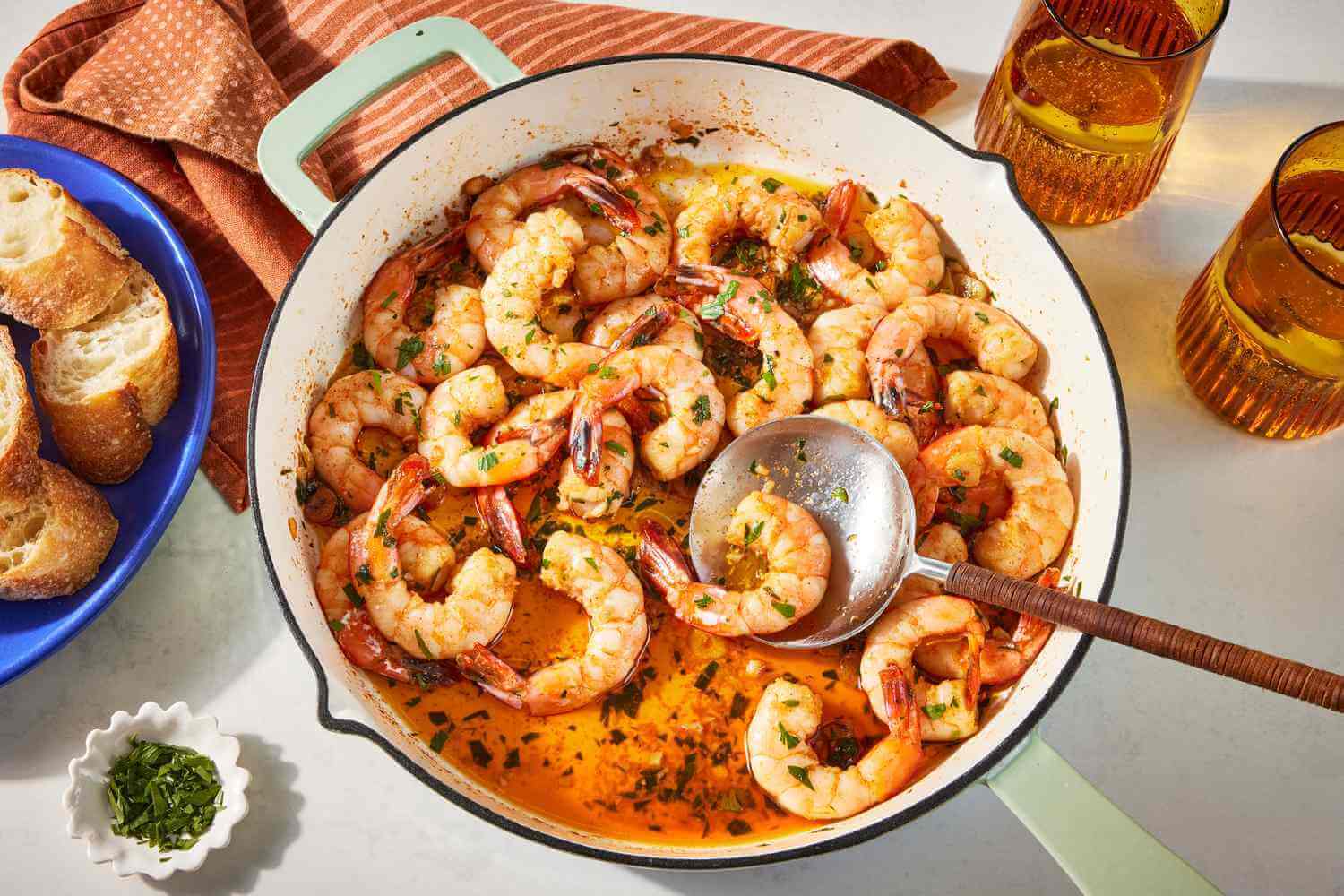- Thriving Guide
- Posts
- Shrimp May Be High in Cholesterol but That Doesn’t Mean It’s Bad for Your Heart
Shrimp May Be High in Cholesterol but That Doesn’t Mean It’s Bad for Your Heart
Here’s what actually happens to your blood cholesterol levels when you eat shrimp regularly and why it’s not as simple as you think.

Shrimp often gets a bad reputation for its high cholesterol content, but the science tells a different story. While it’s true that shrimp contains more cholesterol than many other proteins, regularly eating it doesn’t necessarily raise your blood cholesterol in the way once believed. In fact, shrimp could be a surprisingly heart-smart addition to your diet if you prepare it the right way.
Let’s dive into what really happens to your cholesterol when shrimp becomes a regular part of your meals.
Shrimp May Increase Both "Good" and "Bad" Cholesterol But That’s Not Always a Problem
A 3-ounce serving of shrimp contains about 161 mg of cholesterol, which is relatively high compared to other lean proteins. But here's the twist: eating shrimp may raise both low-density lipoprotein (LDL) the "bad" cholesterol and high-density lipoprotein (HDL) the "good" cholesterol. HDL plays a protective role, helping clear LDL from the bloodstream and transporting it back to the liver for removal.
Studies have found that this dual effect does not necessarily harm your cholesterol ratio. In fact, HDL increases may balance out or even outweigh any rise in LDL, keeping your heart risk in check.
Your Body Adjusts Cholesterol Levels Based on Diet
When you eat foods high in cholesterol, your body actually compensates by producing less cholesterol in the liver, absorbing less in the intestines, and breaking down more of what's already circulating. This adaptive mechanism helps maintain internal balance.
The American Heart Association notes that saturated and trans fats not dietary cholesterol are the bigger culprits when it comes to raising LDL and increasing heart disease risk. That’s why many experts no longer treat dietary cholesterol as the major threat it once was.
Swapping Saturated Fats for Shrimp Could Help Lower LDL
Shrimp is naturally low in fat, with just about 1 gram per 3-ounce serving, and almost none of it is saturated. Replacing high-saturated-fat foods think beef, butter, or fried snacks with shrimp may actually help improve your cholesterol profile.
Here’s how shrimp compares to common saturated fat sources:
Shrimp (3 oz): 1g total fat, mostly unsaturated
Ground beef (3 oz, 85% lean): ~13g total fat, 5g saturated
Butter (1 tbsp): 7g total fat, 4.5g saturated
Cooking Method Matters More Than You Think
Shrimp can be heart-healthy unless it’s fried or smothered in butter. To retain its nutritional benefits, opt for:
Steaming
Boiling
Baking
Grilling with olive oil or herbs
Avoid deep-frying or pan-frying in saturated fats, which can negate shrimp’s positive effects on cholesterol and overall health.
Some People Should Still Be Cautious
Most people can enjoy shrimp without worrying too much about their cholesterol levels. However, individuals with familial hypercholesterolemia a genetic condition that causes very high LDL may be more sensitive to dietary cholesterol. If you fall into this category, it’s best to work with a healthcare provider to determine safe dietary choices.
Shrimp Is Packed with Heart-Supporting Nutrients
Besides being lean and high in protein, shrimp contains:
Omega-3 fatty acids, which support heart and brain health
Selenium, an essential antioxidant mineral
Astaxanthin, a powerful antioxidant that may reduce inflammation and improve arterial function
Emerging research even suggests that shrimp lovers may experience lower blood pressure and less arterial plaque, though more studies are needed to confirm these benefits.
Farm-Raised vs. Wild-Caught: What You Should Know
Both farm-raised and wild-caught shrimp have pros and cons:
Farmed shrimp often have higher omega-3 content due to diet
However, imported farmed shrimp especially from India or Vietnam may contain antibiotic residues, which are banned in U.S. seafood production
Check packaging labels and buy from trusted sources to avoid unwanted additives
How Much Shrimp Is Safe to Eat?
There’s no strict limit on dietary cholesterol anymore, but the general recommendation is to keep it as low as possible while meeting nutritional needs. That means enjoying shrimp in moderation, and as part of a balanced diet rich in fruits, vegetables, whole grains, and healthy fats.
When shopping for shrimp:
Look for firm flesh and translucent shells
Avoid any with a strong ammonia smell
Store and cook shrimp properly to prevent foodborne illness
The Bottom Line
Despite being high in cholesterol, shrimp doesn’t appear to raise blood cholesterol levels significantly for most people. It’s low in fat, high in protein, and loaded with heart-healthy nutrients like omega-3s and antioxidants. Just be mindful of how you cook it and where it comes from.
Shrimp can absolutely be part of a smart, heart-conscious diet.
If you found this helpful, subscribe to our newsletter or share it with a friend.